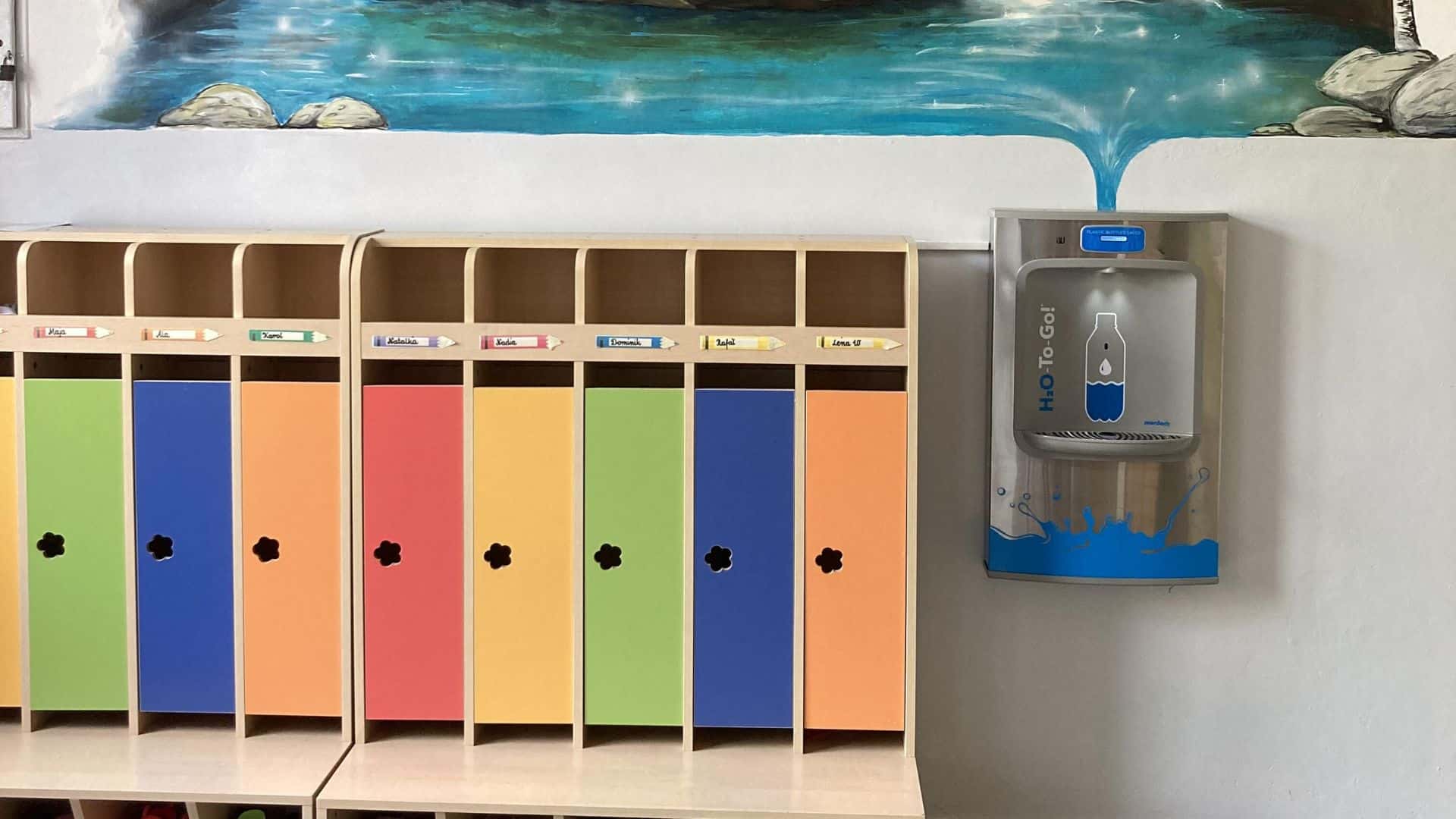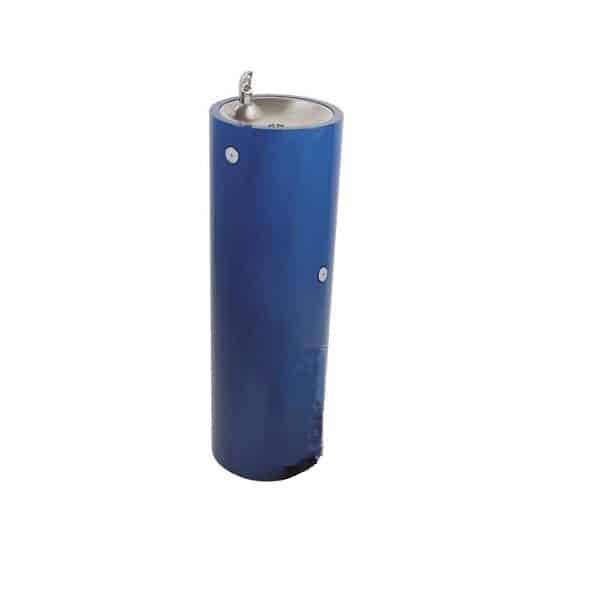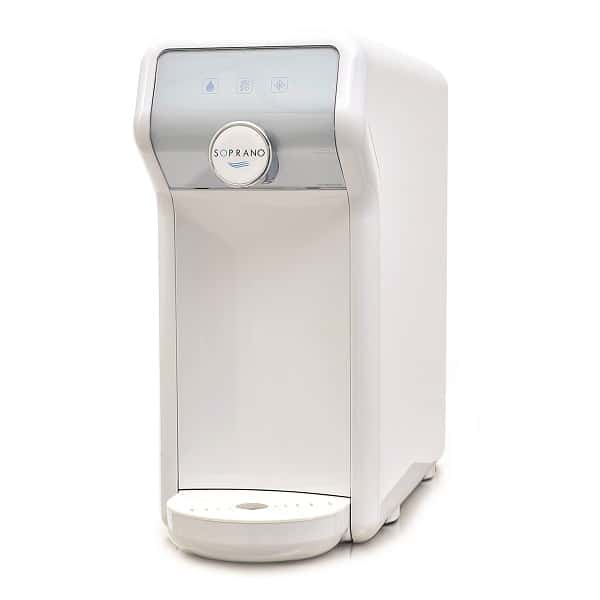Academy
Spa brands
In this section you will find a range of practical information related to our solutions. In the articles, we share our experience, discuss implementation steps and highlight good practices. It is a reliable source of information and advice on the provision of drinking water in public spaces, the legal regulations in this area, the benefits of installing drinking water dispensers and the technological aspects in this field.
We look forward to reading!
Water sources in schools - why is it worth it?

Drinking water sources and dispensers in schools are an important part of ensuring access to healthy water for pupils. How do these state-of-the-art solutions affect comfort, health and the development of healthy habits among children and young people. This is discussed in this blog post.
Drinking water sources and dispensers in schools ensure that students have constant access to clean and healthy water. This is important because hydration has a significant impact on students' ability to concentrate and focus, which can improve their academic performance.
Children's health and teaching healthy habits
Drinking water is essential for keeping children healthy. Replacing sweetened fizzy drinks or juices with water can reduce the risk of overweight and obesity and improve overall fitness.
The introduction of water springs and dispensers in schools helps to develop healthy eating habits in children. This is important because these habits can accompany them throughout their lives.

Environmental impact
The use of drinking water springs and dispensers can help to reduce waste in the form of plastic bottles, which are often used to store water. This, in turn, benefits the environment as it reduces the production of plastic waste and reduces the need for natural resources used in bottle production.
Saving resources
The implementation of a system to supply drinking water through springs and dispensers also contributes to water savings compared to the production and packaging of water bottles. This means less consumption of energy and natural resources needed for packaging.
Elimination of the need for transport
A significant proportion of bottled water is produced in remote locations and has to be transported to shops and schools. Introducing springs and dispensers in schools reduces the need for lengthy transport, which in turn reduces the greenhouse gas emissions associated with transport. In addition, the school does not have to remember to buy water regularly or find a place to store water bottles.
In conclusion, drinking water sources and dispensers in schools have many benefits, both for children's health and for the environment. They provide access to healthy water, promote healthy eating habits and contribute to reducing the negative impact on the ecology by reducing the use of plastic packaging and conserving natural resources. We encourage everyone to join the ranks of modern and eco-friendly school buildings!





